The successor of the highly successful Lamborghini Gallardo, The Huracán (meaning Hurricane in Spanish) is the latest sports car to make its way out of the Lamborghini assembly lines with the same fiery nature and power, characteristic of the Italian automaker. A beauty in design with a beast of an engine, the name of the model (like many of the previous Lamborghini cars) is inspired by a Spanish fighting bull who according to legend known for his courage. Priced at $237,250, horsepower of 602 and with a performance as splendid as the looks, The Huracán is a car fit for a king (or a sheikh for that matter). Continue reading the 2015 Lamborghini Huracan review to learn more about this supercar.
The Huracán was unveiled during the 2014 Geneva Auto Show in March 2014 and was released the same year. It comes in three variants: the standard Huracán LP 610-4 coupe for the commercial market, the Huracán LP 610-4 Polizia made for the Italian police as replacement for the two Gallardo that were destroyed in a car crash, and the Huracán LP620-2 Super Trofeo, a race only version but the focus of this review will be primarily on the LP 610-4 coupe.
Hood of the Lamborghini Huracan
The Huracán Processes the legendary 5.2 L V10 engine, a savage beast with a maximum power of 602 HP and a torque of 413 lb-ft. Making full use of the v10 and having an exceptional weight to power ratio of (5.20 lb)/hp, it is not surprising that the Huracán can easily manage a maximum speed of 202 mph and accelerate from 0 to 62 mph in an impressive 3.2 seconds. For the sake of balance and better performance, the Huracán is mid-engined. The V10 hold both a direct fuel injection and multi-point fuel injection, thus being able to harness the advantages that both the systems have to offer to drivers.
The Huracán also features a start-stop system, increasing the engine efficiency of the car by shutting down or restarting the internal combustion engine automatically, also reducing the amount of time the engine spends idling. This also increases fuel efficiency and reduces emissions. The car is an electronically controlled all-wheel drive and monitors the movement of the car using three accelerometers and three gyroscopes located at the Huracán’s center of gravity, hence providing improved traction, movement and overall performance. In fact, the traction is so good that the car turns around a tight corner effortlessly and without the driver feeling any force.
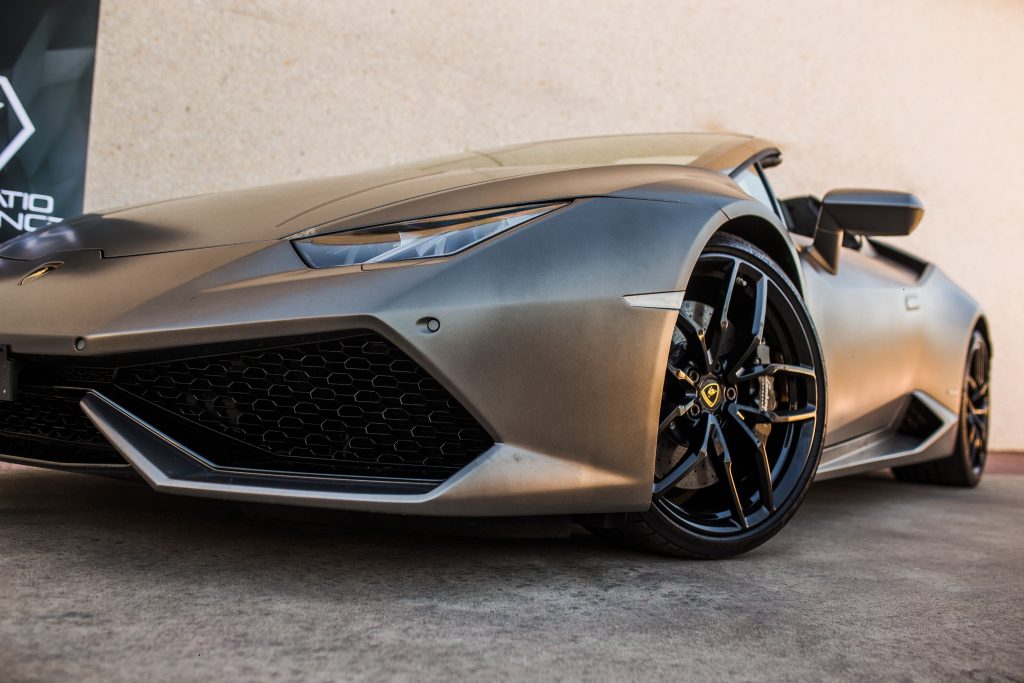
The new “Doppia Frizione’ gearbox is a 7-speed dual clutch transmission is easy and quick to shift and performs differently on modes selected. It has a magnetically controlled suspension system which makes use of magnetorheological dampers that allows it to quickly adapt to new road conditions. In order to decelerate this high velocity steel stallion when braking, the car employs Hydraulic dual-circuit brake system with vacuum brake servo unit having six-piston calipers at the front and four-piston calipers at the rear.
Unfortunately, the Hurricane is only being offered in the market with automatic transmission which to some drivers can make the Huracán feel a little bit tamed when driving. Still the Huracán features the same unholy engine sound that a Lamborghini is so famous for. One drawback in this otherwise extraordinary vehicle is it under steers when pushed to the limit; feeling somewhat non-adjustable.
2015 Lamborghini Huracan
Its wedge like profile and angular design strikes a perfect balance between elegance and aggressiveness. The car frame is made of lightweight hybrid aluminum/carbon fiber with the outer skin being made from aluminum, and composite material. The Huracán exterior features many changes from its predecessor, the Gallardo, softer lines and greater urbanity to it’s with its Y-shaped running LED lights it boast a more meaner yet feminine design reducing drag yet producing 50 % more down force. Overall the exterior is very much detailed and the company has made sure it can build enough down force when driving, eliminating the use of active or moving aerodynamic components.
The front wheels measure 8.5J x 20” and the rear 11J x 20” and the overall dimension of the car is 175.6 in (L) by 75.7 in (W) by 45.9 in (H) with a wheel base of 103.1 in.
Interior of the Huracan
The Huracán comes with range of interior options to fit the needs of its driver, including the choice of having full electric control and sport seats heating. The cabin definitely has the same jet cockpit like feel to it that is characteristic of all Lamborghinis. Hex-shaped vents fixed on top of t


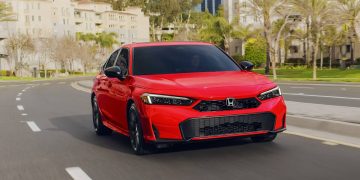
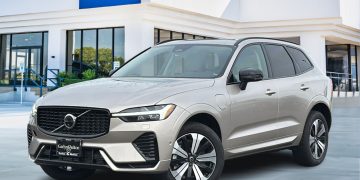
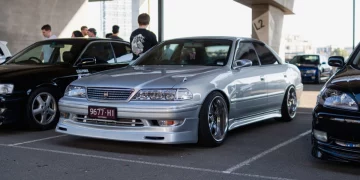

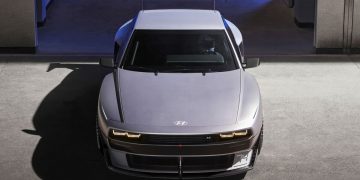
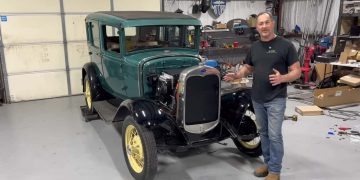
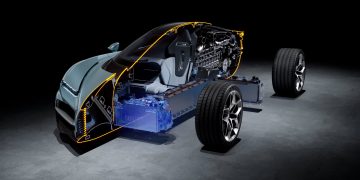
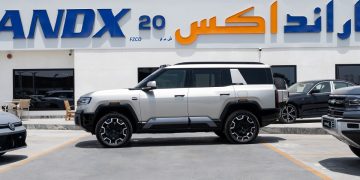

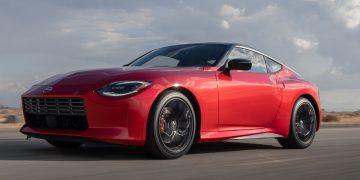

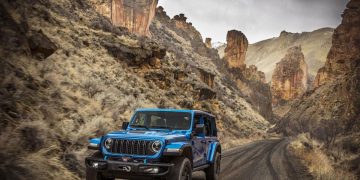


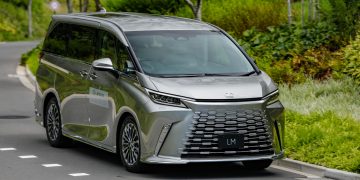


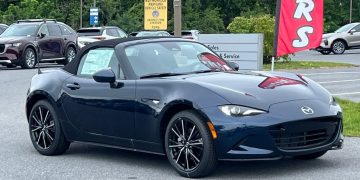
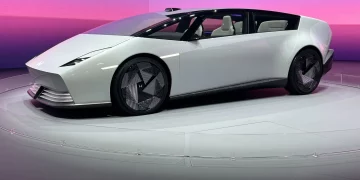
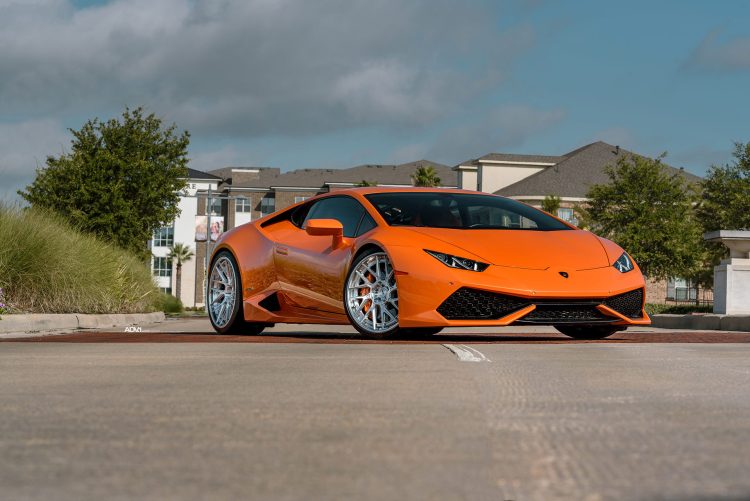












Discussion about this post